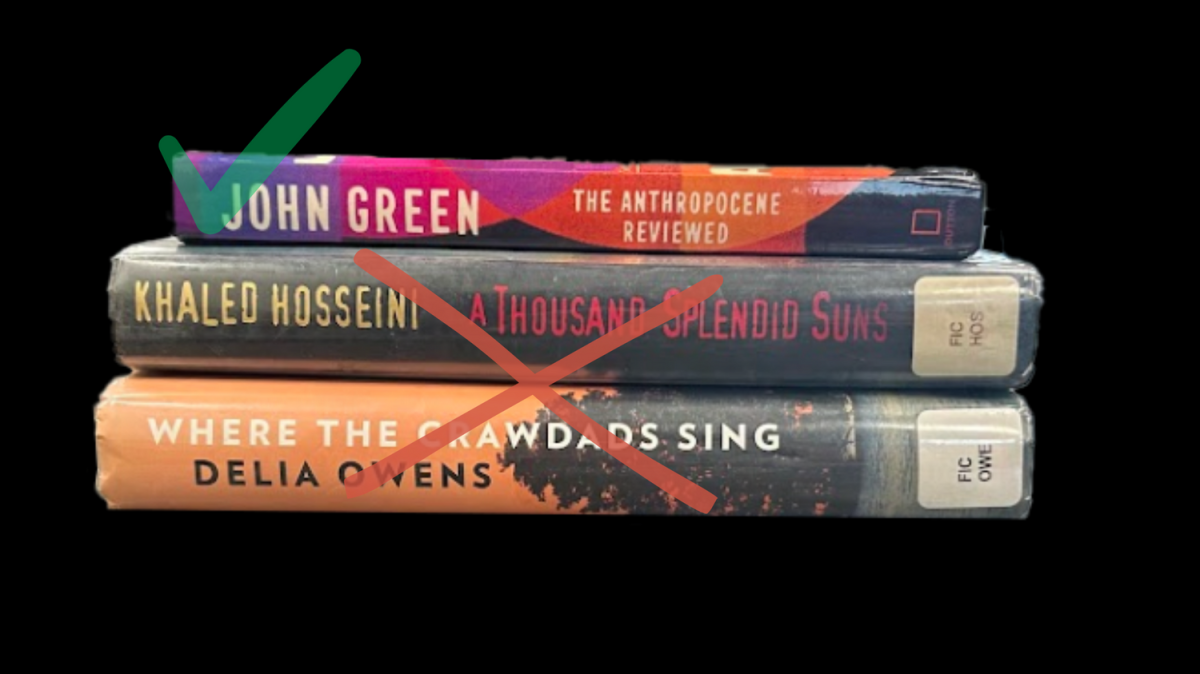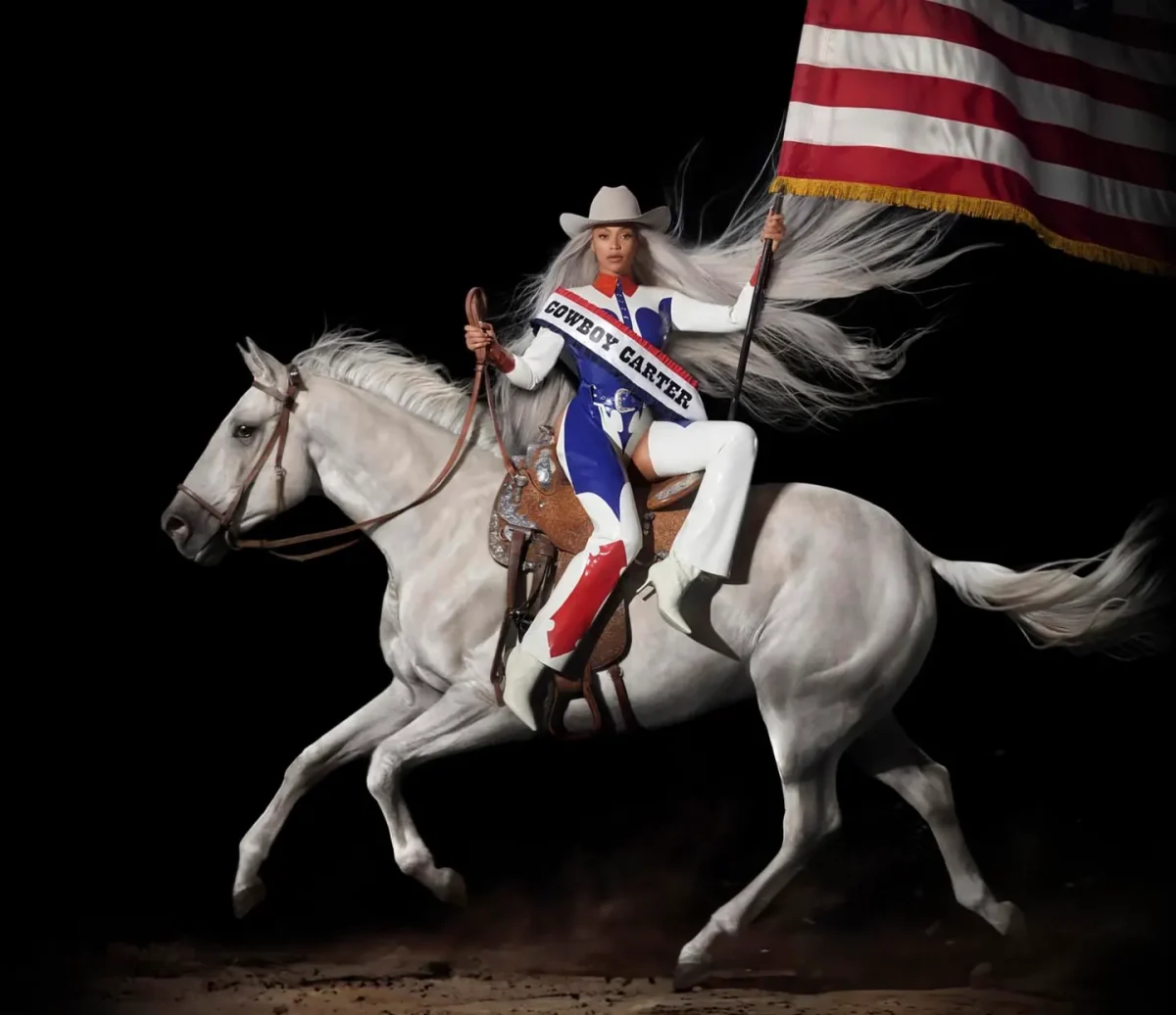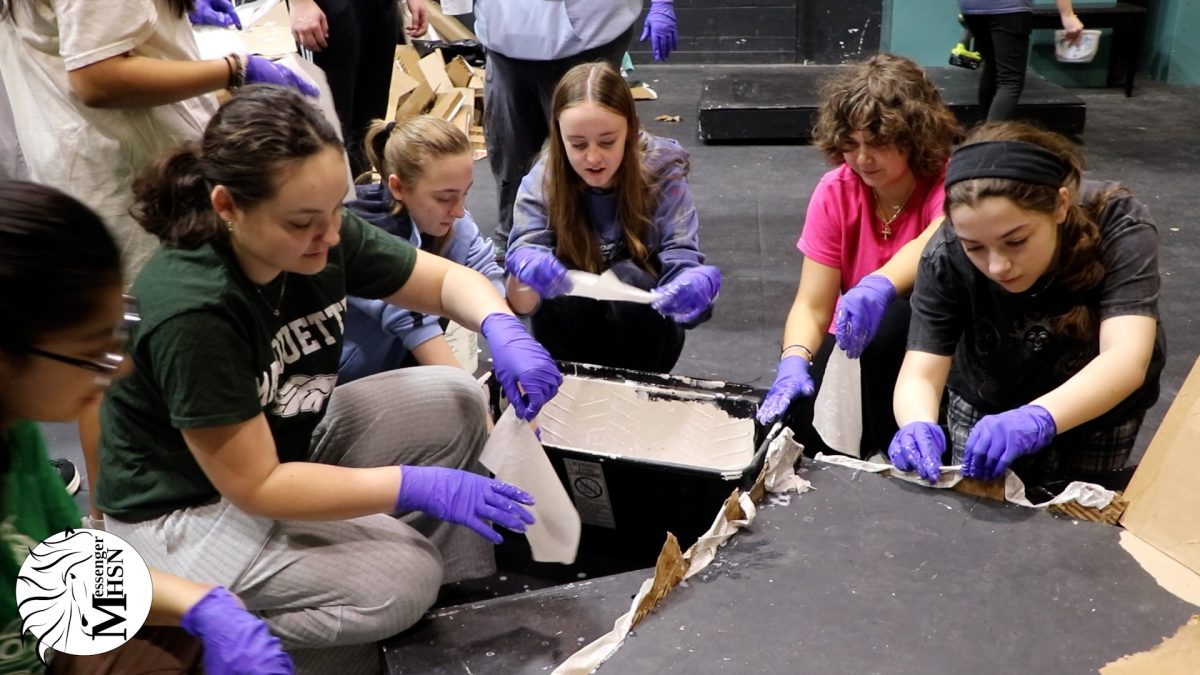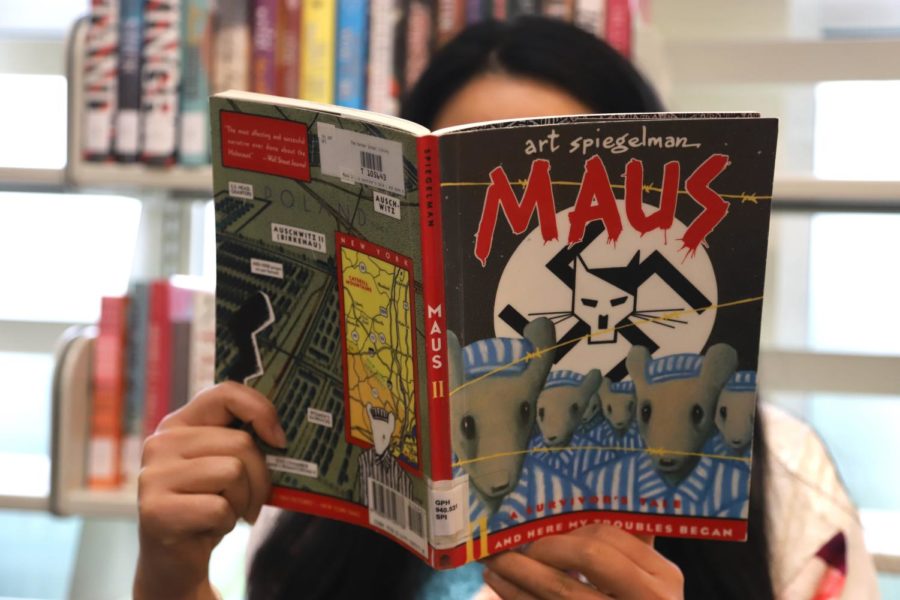A Tennessee school district board unanimously voted to ban the Pulitzer-winning graphic novel “Maus” by Art Spiegelman, for its images and words that depict the Holocaust.
The Jan. 10 unanimous 10-0 vote in McMinn County, Tennessee, banned the book from the district’s eighth grade curriculum, with board members citing inappropriate language and drawings of a naked character. The graphic novel, with its first volume published in 1986 and second volume published in 1991, received a special Pulitzer Prize in 1992, the only graphic novel so far to do so.
This ban is wrong. It’s wrong because it erases the true reality of Holocaust history, glossing over horrific events to make them seem more agreeable to audiences. Spiegelman uses “Maus” to convey an honest portrayal of life during the Holocaust, not shying away from the gruesome truth.
In an interview with The New York Times on Jan. 27, International Holocaust Remembrance Day, Spiegelman revealed he was confused about the ban and believed that the school board wanted to “teach a nicer Holocaust.”
“This is disturbing imagery,” said Spiegelman in the interview. “But you know what? It’s disturbing history.”
With its depictions of Jews as mice and Nazis as cats, “Maus” conveys complex layers of meaning using the black-and-white illustrations of a graphic novel. Spiegelman characterizes each mouse as an individual, whether it be the author mouse, his mother or his father—while simultaneously depicting how they were perceived as a nameless mob slaughtered ruthlessly by the Nazi cats.
Using visceral drawings, Spiegelman brings life and reality to the experiences of his own family who went through the Holocaust. The novel takes the Holocaust beyond a horrifying list of statistics by depicting characters as three-dimensional individuals with feelings. It is crucial to continue Holocaust education in the United States. A study conducted by the Claims Conference found that 48% of U.S. Millennial and Generation Z could not name a single one of the more than 40,000 concentration camps or ghettos established during World War II. The Holocaust may seem like a far-off historical event to some readers, especially younger ones. “Maus” helps make it real.
In order to portray the Holocaust authentically, Spiegelman also does not shy away from the raw horror, profanity or nudity of it either. “Maus” is not easy to read. But by banning an ‘uncomfortable’ read like this one, the Holocaust is reduced to a simple sheet of statistics—just numbers, not accounts of real human beings.
Teaching the Holocaust in an easy-to-digest way might allow students to take a superficial glance at it. But in order to actually study the Holocaust, one has to learn about the horror of it. To truly be educated, and changed, by knowledge of the Holocaust, students must be thrown from the comfort of their own lives and forced to confront the true gravity of its cruelty. “Maus” has the rare ability to convey the experience in its true, humanized form — so it belongs in all places where young minds are on their journey to learn about the world.
This story was originally published on Harker Aquila on February 1, 2022.




























![IN THE SPOTLIGHT: Junior Zalie Mann performs “I Love to Cry at Weddings,” an ensemble piece from the fall musical Sweet Charity, to prospective students during the Fine Arts Showcase on Wednesday, Nov. 8. The showcase is a compilation of performances and demonstrations from each fine arts strand offered at McCallum. This show is put on so that prospective students can see if they are interested in joining an academy or major.
Sweet Charity originally ran the weekends of Sept. 28 and Oct. 8, but made a comeback for the Fine Arts Showcase.
“[Being at the front in the spotlight] is my favorite part of the whole dance, so I was super happy to be on stage performing and smiling at the audience,” Mann said.
Mann performed in both the musical theatre performance and dance excerpt “Ethereal,” a contemporary piece choreographed by the new dance director Terrance Carson, in the showcase. With also being a dance ambassador, Mann got to talk about what MAC dance is, her experience and answer any questions the aspiring arts majors and their parents may have.
Caption by Maya Tackett.](https://bestofsno.com/wp-content/uploads/2024/02/53321803427_47cd17fe70_o-1-1200x800.jpg)
![SPREADING THE JOY: Sophomore Chim Becker poses with sophomores Cozbi Sims and Lou Davidson while manning a table at the Hispanic Heritage treat day during lunch of Sept 28. Becker is a part of the students of color alliance, who put together the activity to raise money for their club.
“It [the stand] was really fun because McCallum has a lot of latino kids,” Becker said. “And I think it was nice that I could share the stuff that I usually just have at home with people who have never tried it before.”
Becker recognizes the importance of celebrating Hispanic heritage at Mac.
“I think its important to celebrate,” Becker said. “Because our culture is awesome and super cool, and everybody should be able to learn about other cultures of the world.”
Caption by JoJo Barnard.](https://bestofsno.com/wp-content/uploads/2024/01/53221601352_4127a81c41_o-1200x675.jpg)






